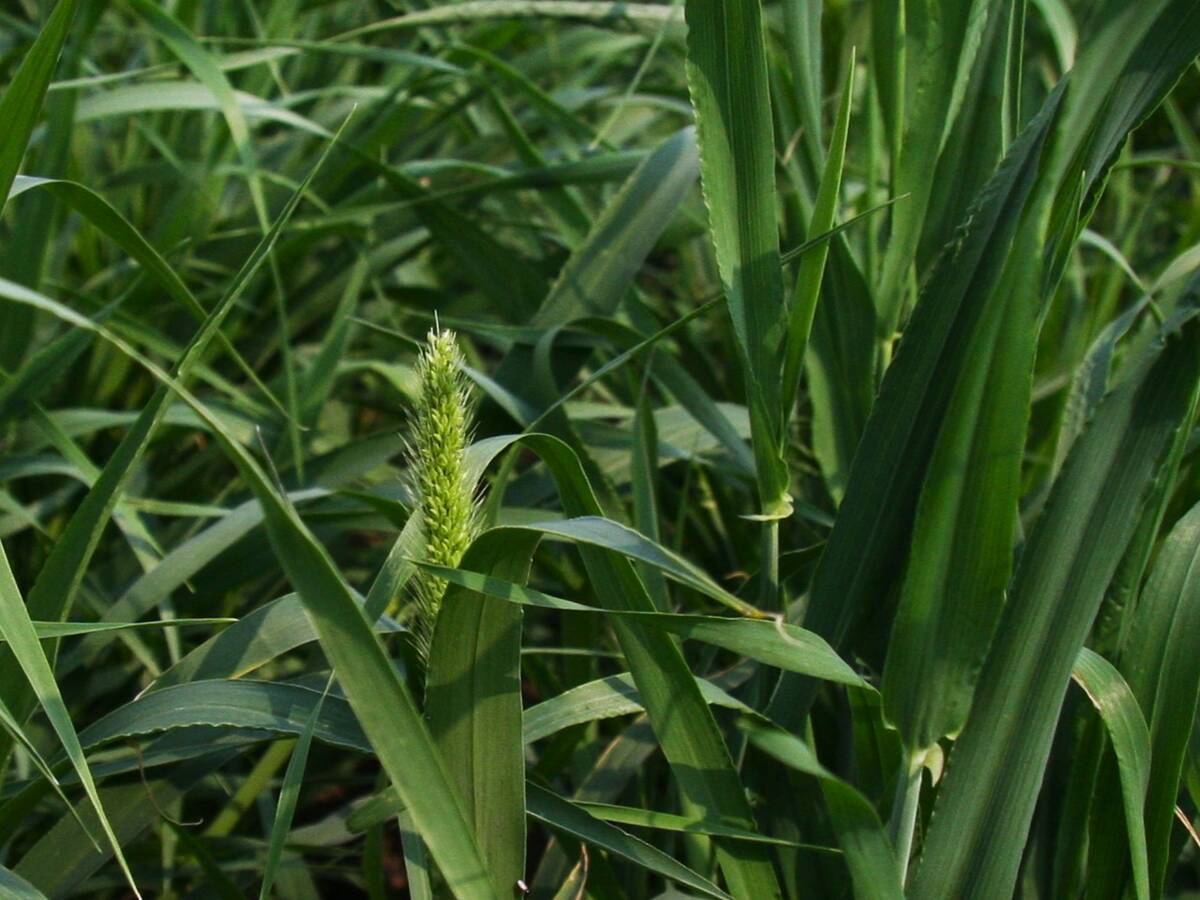“Where’s the beef?,” a slogan coined by hamburger chain Wendy’s, is one of the most successful ad campaigns of the past few decades. But in light of a big decline in U.S. beef production next year, global beef users might be asking the same question about U.S. beef. U.S. production is expected to decline to 12.02 million metric tonnes, down just over six per cent from the expected 2022 total of 12.82 million tonnes.
Drought conditions in much of the U.S. in 2022 have resulted in high culling rates and earlier-than-normal placement of cattle in feedlots, says USDA’s Foreign Agricultural Service (FAS). This will result in a smaller cattle herd in 2023. Another USDA agency says that as of November 1, 76 per cent of the U.S. cattle inventory continued to be mired in varying degrees of drought. Through the latest reporting period, weekly beef cow slaughter was up 12.3 per cent from a year ago.
In fact, herd liquidation might continue into next year because the prolonged drought refuses to break. Beef cow and heifer numbers will be down sharply this year versus 2021, meaning a herd total of 89.5 million head on January 1 next year. This would be a 2.4 million head decline year-on-year. Next year’s calf crop might be down as much as 600,000 head,
Read Also

As Canadian farmers plant less barley in 2025, what does it mean for cattle feeders?
Market analyst Jerry Klassen explains what fewer barley acres means for Canadian cattle feeders in 2025-26, and other factors playing into the feed grain market.
FAS forecasts that U.S. exports will be 14 per cent lower than 2022’s record volume. Tighter cattle supplies and potential heifer herd retention will be reflected in lower beef production, thus constraining exportable supplies. Nevertheless, U.S. exports are expected to remain historically elevated on firm demand in key markets, said FAS. Global buyers, it seems, will have to turn to using more Brazilian beef, although it is of a very different quality from U.S. beef.
Global beef production in 2023 is forecast to be fractionally lower as falling North America and EU production offsets gains in Brazil, China and Australia, says FAS. Brazil’s production is expected to increase one per cent to 10.45 million mt based on firm global demand in key markets, although higher input costs and a weak domestic market will constrain growth. In China, higher cattle inventories are anticipated to support a five per cent increase in beef production. Meanwhile, Australian production is expected to surge 13 per cent to 2.21 million mt on improved pasture conditions, says FAS.
Global exports in 2023 are forecast down one per cent due to lower import demand, particularly in China, says FAS. Nevertheless, lower total exports from North America and India are expected to benefit Australia and Brazil. Reduced North American competition in East Asia and rebounding Australian production will allow Australia to boost its shipments and increase market share. Meanwhile, Brazil’s exports are forecast to be record high as aggregate exports from its main competitors (Argentina, Paraguay, Uruguay and India) are expected to fall three per cent. Smaller cattle inventories are expected to weigh on the exportable supplies of Argentina, Paraguay and Uruguay, says FAS.
Brazil’s beef exports in 2023 are forecast up about one per cent, says FAS. It will maintain its position as top exporter, accounting for approximately 25 per cent of beef exports by major traders. China is expected to remain Brazil’s largest market despite lower total beef imports due to increased domestic supplies. Argentina and Uruguay, Brazil’s main competitors in China, will have tighter supplies of cattle, limiting their exportable supplies. Furthermore, Brazil exports only frozen boneless beef to China and at more competitive prices than New Zealand and Australia, making its shipments more attractive amid the economic slowdown. In addition to China, Brazil’s shipments to Middle Eastern and Southeast Asian markets are expected to climb as India’s exports are expected to stagnate, says FAS.
















